Development of Speech Breathing in the Correction of Sound Reproduction Defects in Senior Preschoolers with Dysarthria
Author(s)
Irina Yu. Murashova, Candidate of Sciences (Psychology), Associate Professor, Associate Professor of the Department of Complex Correction of Child Development Disorders, https://orcid.org/ 0000-0002-0001-5208, Irkutsk State University
1, Karl Marx St, Irkutsk, Russia, 664003, tel.: +7 (3952) 521900, This email address is being protected from spambots. You need JavaScript enabled to view it.
Vera Ya. Chernykh, Speech Therapist Teacher, https://orcid.org/0000-0002-5302-6939, Kindergarten of Combined Type No. 117, Angarsk
12a, Microdistrict, bld. 16, Angarsk, Irkutsk region, Russia,665826, tel.: +7 (3955) 510935, This email address is being protected from spambots. You need JavaScript enabled to view it.
Abstract. Introduction: The relevance of our research lies in the search for effective ways of speech therapy through the development of speech breathing in the correction of sound reproduction disorders in preschoolers with dysarthria. There are disagreements in science and practice since the theory recognizes the fundamental importance of speech breathing development in correction of the sound productions defect; whereas speech therapists barely use the corrective possibilities of speech breathing in their practice due to the lack of clearly prescribed consistent recommendations of speech therapy working on the production of speech sounds. The article aims to identify the problems of speech breathing development in the correction of sound reproduction in children with dysarthria, to analyze the state of speech breathing skills important for pronouncing phonemes in 5-6 year-old children with dysarthria, to offer consistent recommendations for speech therapy correction of the defects in working on the production of speech sounds.
Materials and methods: The following research methods were used: theoretical, anamnestic consisting in the study of the documentation of preschool educational institution, diagnostic method (diagnosis of speech breathing of senior preschoolers with dysarthria) with screening (study of the speech therapy status of senior preschoolers with dysarthria); methods of quantitative and qualitative processing of the results.
Results: We studied the medical records of the preschool educational institution for each child and the speech records of the therapist in order to obtain detailed data on the severity of dysarthria, as well as the intellectual and neurological status, hearing condition of the test subjects in the sample. In order to determine the psychorechological status, the speech therapist reports were later correlated with the speech therapy screening and medical records data. We conducted a study of the state of speech breathing in children with moderate dysarthria and with minimal dysarthric disorders. It was found that in cases of moderate dysarthria, the condition of speech breathing and sound production suffers to a greater extent than in cases of minimal dysarthric disorders. It was revealed that children with dysarthria have the state of speech breathing that correlates with the state of sound reproduction: the more pronunciation defects the child has, the lower the level of speech breathing. Detailed consistent recommendations of correctional work on the development of speech breathing in preschoolers with dysarthria, depending on which speech sound is corrected, are presented.
Keywords: speech breathing, moderate dysarthria, minimal dysarthric disorders, sound reproduction defects
For citation: Murashova I.Yu., Chernykh V.Ya. Development of Speech Breathing in the Correction of Sound Reproduction Defects in Senior Preschoolers with Dysarthria. Pedagogicheskiy IMIDZH = Pedagogical IMAGE. 2023; 17 (1): 103-119. (In Russ.). DOI: https://doi.org/10.32343/2409-5052-2023-17-1-103-119
DOI: https://doi.org/10.32343/2409-5052-2023-17-1-103-119
UDС: 159.9.072+ 376.37






